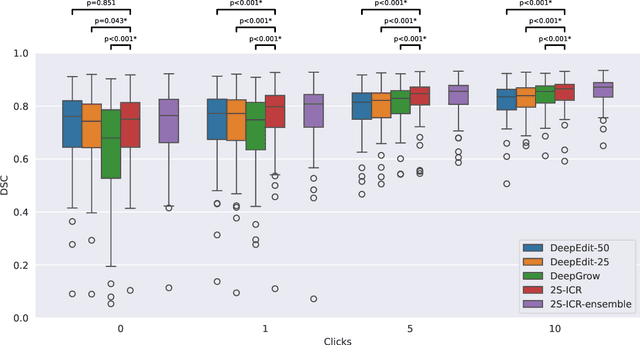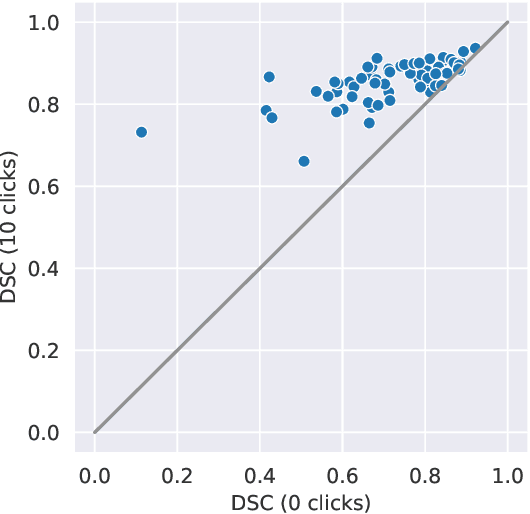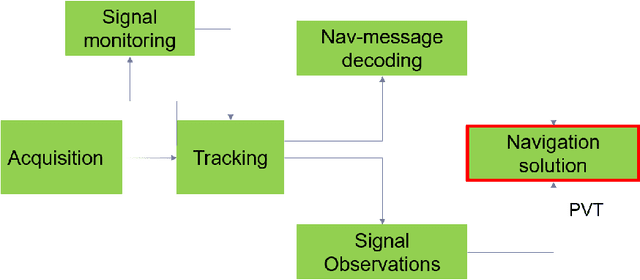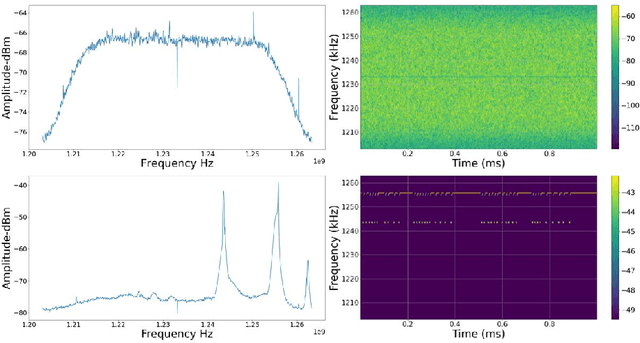Mikko Saukkoriipi
Temporal social network modeling of mobile connectivity data with graph neural networks
Sep 03, 2025Abstract:Graph neural networks (GNNs) have emerged as a state-of-the-art data-driven tool for modeling connectivity data of graph-structured complex networks and integrating information of their nodes and edges in space and time. However, as of yet, the analysis of social networks using the time series of people's mobile connectivity data has not been extensively investigated. In the present study, we investigate four snapshot - based temporal GNNs in predicting the phone call and SMS activity between users of a mobile communication network. In addition, we develop a simple non - GNN baseline model using recently proposed EdgeBank method. Our analysis shows that the ROLAND temporal GNN outperforms the baseline model in most cases, whereas the other three GNNs perform on average worse than the baseline. The results show that GNN based approaches hold promise in the analysis of temporal social networks through mobile connectivity data. However, due to the relatively small performance margin between ROLAND and the baseline model, further research is required on specialized GNN architectures for temporal social network analysis.
Interactive 3D Segmentation for Primary Gross Tumor Volume in Oropharyngeal Cancer
Sep 10, 2024



Abstract:The main treatment modality for oropharyngeal cancer (OPC) is radiotherapy, where accurate segmentation of the primary gross tumor volume (GTVp) is essential. However, accurate GTVp segmentation is challenging due to significant interobserver variability and the time-consuming nature of manual annotation, while fully automated methods can occasionally fail. An interactive deep learning (DL) model offers the advantage of automatic high-performance segmentation with the flexibility for user correction when necessary. In this study, we examine interactive DL for GTVp segmentation in OPC. We implement state-of-the-art algorithms and propose a novel two-stage Interactive Click Refinement (2S-ICR) framework. Using the 2021 HEad and neCK TumOR (HECKTOR) dataset for development and an external dataset from The University of Texas MD Anderson Cancer Center for evaluation, the 2S-ICR framework achieves a Dice similarity coefficient of 0.713 $\pm$ 0.152 without user interaction and 0.824 $\pm$ 0.099 after five interactions, outperforming existing methods in both cases.
WHITE PAPER: Protecting GNSS Against Intentional Interference
Aug 24, 2022



Abstract:The vulnerabilities associated with modern systems relying on Global Navigation Satellite Systems (GNSS) due to intentional and unintentional interference is an increasing threat. Since radio frequency interference (RFI) significantly degrades the performance of a GNSS receiver. Several traditional critical applications such as aviation, maritime and rail transport systems to more recent applications such as autonomous vehicles, can be severely affected by such undetected nor mitigated RFIs. Moreover, critical infrastructures such as power supply and money transfer, are becoming more and more dependent on the accurate timing information provided by GNSS. Thus, interference detection and management techniques are crucial to be utilised in order to reduce interference effects. This paper offers a state-of-the-art review of several proposed methods for interference detection and mitigation with solutions ranging from traditional to machine learning-based approaches. In addition, to be able to characterise the RFI threats and develop mitigation techniques, it is essential to monitor RFI systematically and share recorded data with interested entities. Therefore, three GNSS threat monitoring systems are briefly described. This White paper is a compilation of the seminar presentations given at a seminar on "Protecting GNSS against intentional interference" in March 2022 in Finland.
 Add to Chrome
Add to Chrome Add to Firefox
Add to Firefox Add to Edge
Add to Edge